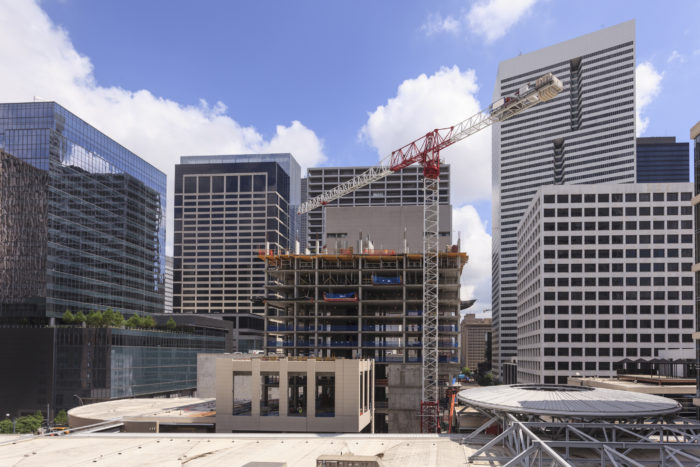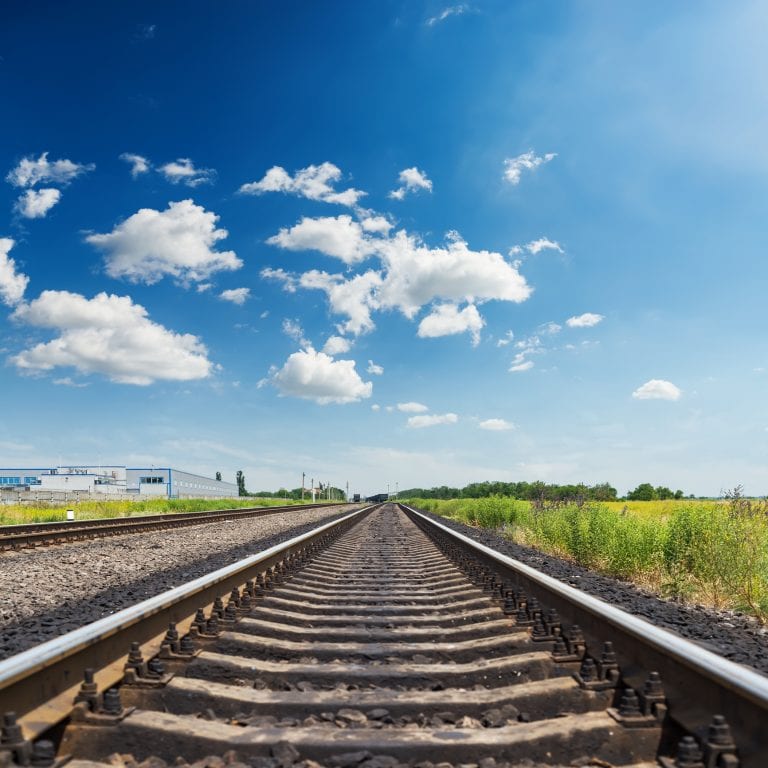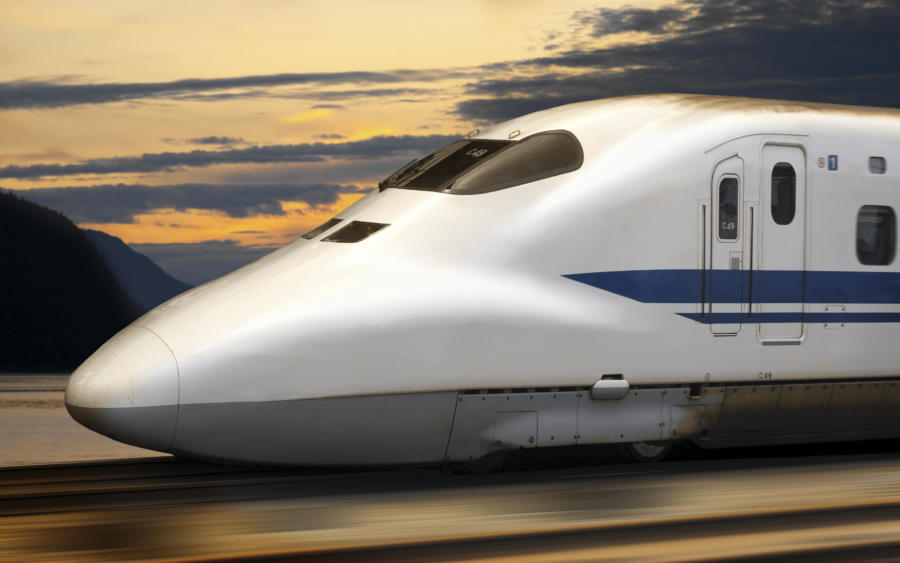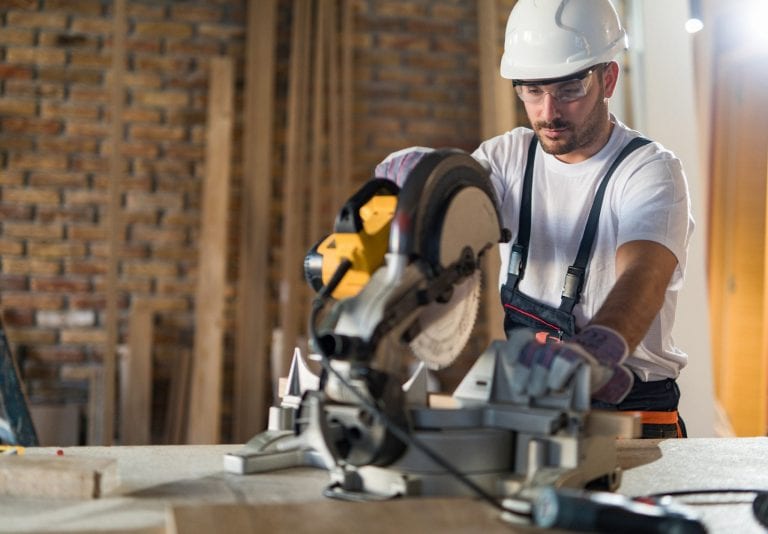
In 2017, construction was expected to regain momentum after an underwhelming performance in 2016. Just don’t anticipate an economy running like a high-performance racer. It will remain more like the “gets you where you need to go” family vehicle. A recovery now seven years and counting has moved incrementally, allowing some construction sectors to fully recover and others to move near post-recession levels. Some sectors will remain nearer to those post-recession levels than others in this year.
This time, how it felt in 2016 for construction was what it was—tempered gains (overall) as growth slowed. According to Dodge Data & Analytics, total construction starts as of September 2016 rose 1 percent ($676 billion), building off an 11 percent increase in 2015. Removing the influence of the poorly performing utility/gas plant market, growth translated to 4 percent.
Breaking it down, residential grew 7 percent, nonresidential grew 3 percent, and nonbuilding fell 10 percent. Nonbuilding is public works, electric utilities and gas plants. A sharp drop from a strong 2015 among utilities—gas plants in particular—pulled down this sector.
So, are we facing a period of economic weakness and decline? Dodge and others see us in a maturing but modest recovery cycle that has not yet peaked. Encouragingly, Dodge’s Momentum Index rose to 133.2 in November 2016, its 10th gain over 12 months, and another 2.9 percent to 136.7 in December, the 11th gain over 12 months. That equates to an 18 percent advance year-to-year.
Looking in 2017, construction starts have been forecasted to rise to 5 percent ($713 billion), though closer to 8 percent without nonbuilding. That equates to an 8 percent gain in both residential and nonresidential, and a 3 percent decline for nonbuilding.
Leveling enrollments and the Great Recession stalled education construction, which in 2001 represented 272 million square feet. Much of the recent upturn has come from K–12 projects. From 2009 through 2013, starts dropped 59 percent from 2001. The National Center for Education Statistics (NCES) found K–12 school enrollments in 2002–2009 increased less than 1 percent (446,000). The NCES predicts growth in the 2017 fall school term as children of older, married millennials are ready for pre-K and kindergarten. From 2016–2024, K–12 enrollments could increase 2.8 million students (5.1 percent) to a total of 57.9 million students.
Manufacturing construction starts have been fighting volatility on several fronts, including a drop in oil prices, cooled energy-related projects, and a strong U.S. dollar adding expense in sluggish economies for overseas buyers. A retreat for this sector began in 2015 where it dropped to 64 million square feet (18 percent) and $24.1 billion (32 percent). In 2016, starts tumbled to 58 million square feet (10 percent) and to $17 billion (29 percent). Things are looking up in 2017 as this sector attempts to regain some ground. Expect growth of 7 percent to 62 million square feet and a 6 percent rise to $18.1 billion.
In 2016, the capacity utilization rate stood at 75 percent, holding back plant construction. While oil prices may have stabilized, the upturn won’t necessarily lead to strong petrochemical plant construction. Several projects broke ground in 2016. Three were in Louisiana: a $3 billion ethane cracker plant, a $750 million methanol plant, and a $717 million alpha olefins plant.
In 2016, a lack of highway and bridge projects contributed to a drop in public works of 3 percent to $120.1 billion. In 2017, better funding should allow for an increase of 6 percent, driving public works to $127.5 billion. The FAST Act, the expected passage of the Water Resources Development Act, new investment in airport construction (if Congress approves a new Federal Aviation Administration bill), and bond measures ought to help generate starts.
Since President-elect Trump is a proponent of additional infrastructure funding, it may increase federal spending.
In some states, bond measures passed a few years back will kick in, translating into construction activity. For example, Proposition 7 in Texas is set to provide as much as $2.5 billion of funding through sales and use tax. Public-private partnerships are also on the rise. The Pennsylvania Department of Transportation announced a private firm’s $899 million proposal to replace and maintain 558 bridges over the next three years.
With 2016’s slight growth in construction starts, and poor performance in nonbuilding, 2017 is forecast to be a better year in residential and nonresidential building. Questions remain about the new presidential administration’s effect on infrastructure, but most authorities are confident in a boost to this market.
Overall, 2017 might not feel like the Indy 500, but slower speeds also mean a crash is less likely.
Source:
www.ecmag.com







